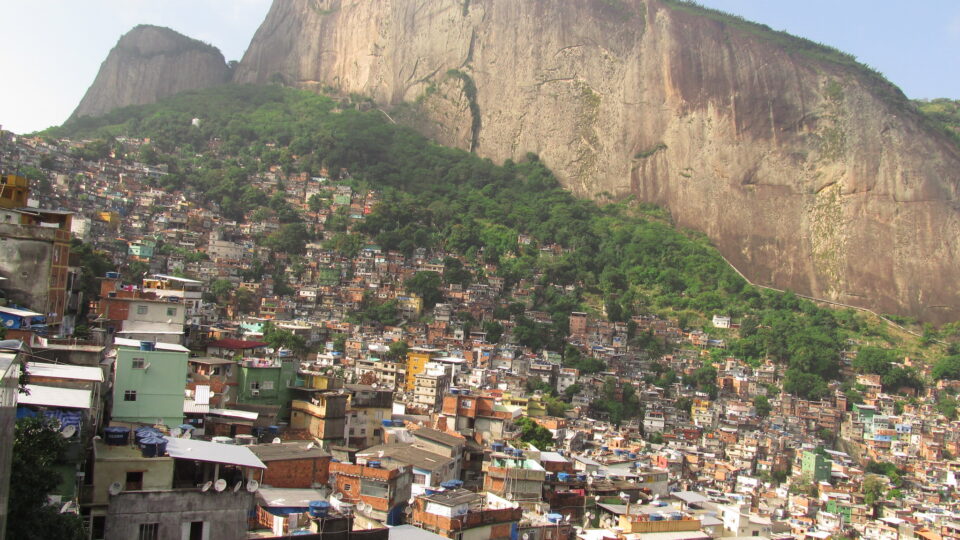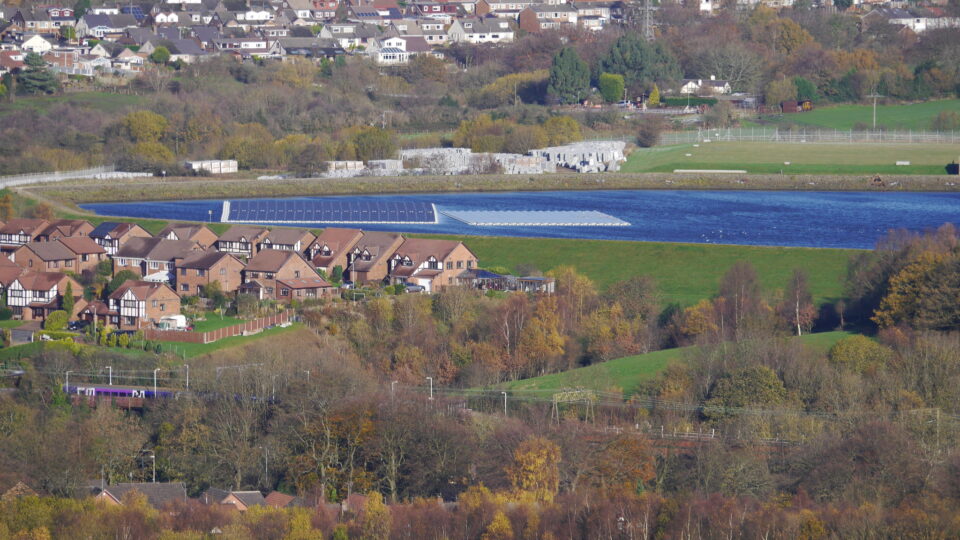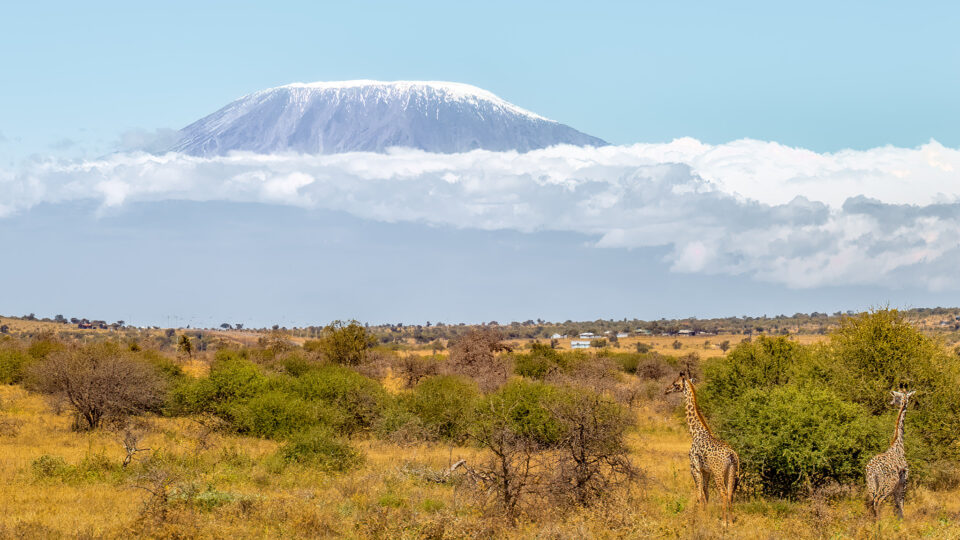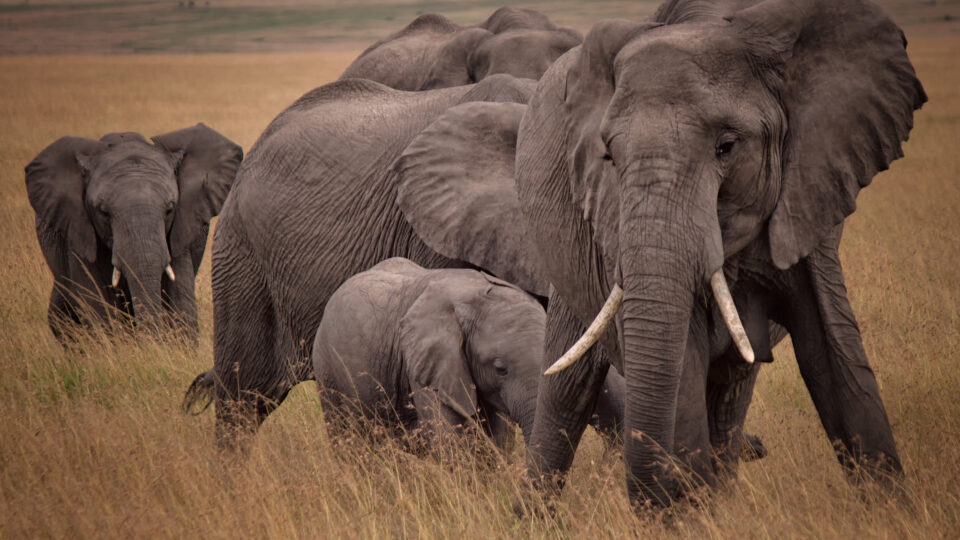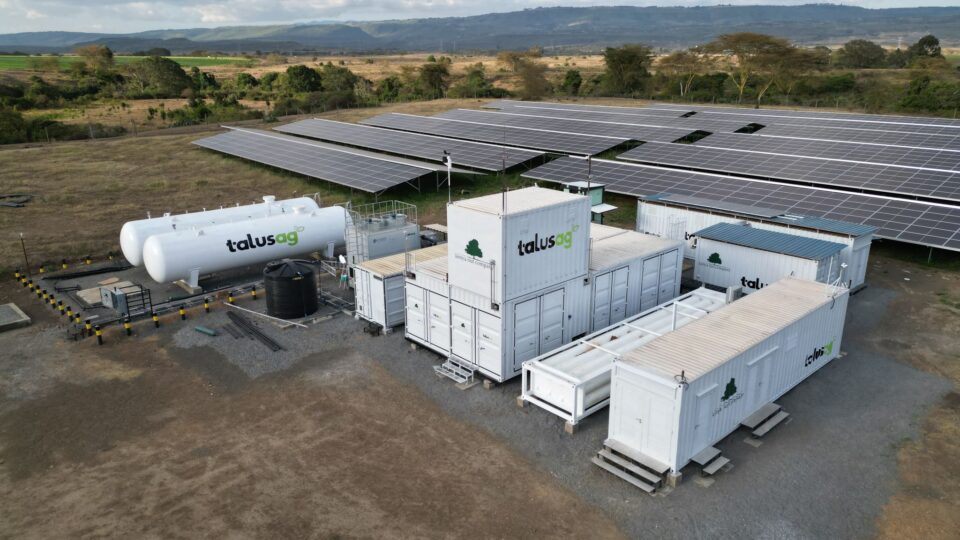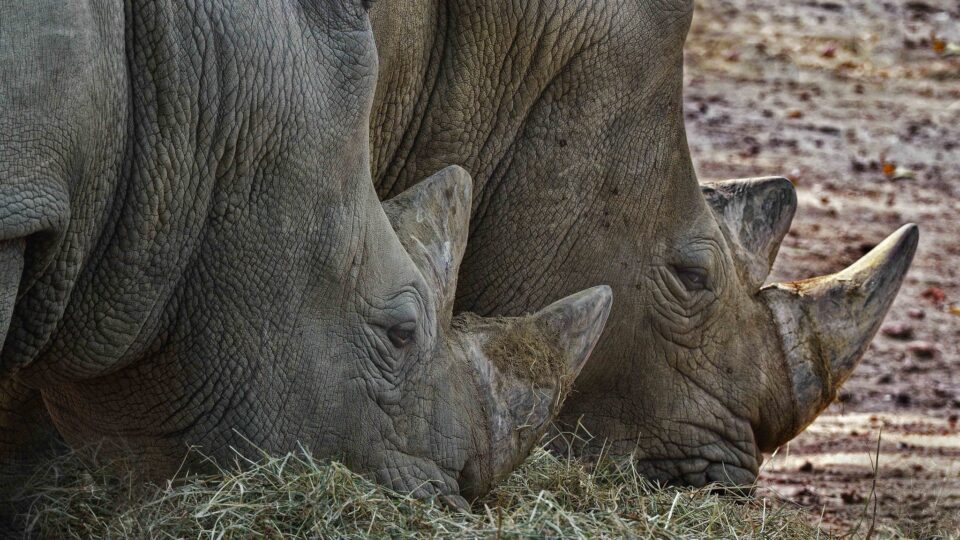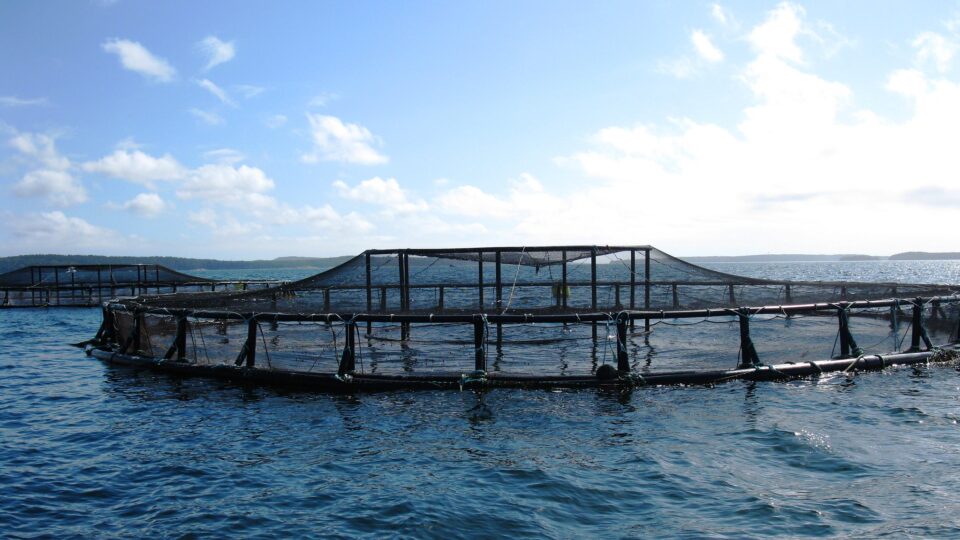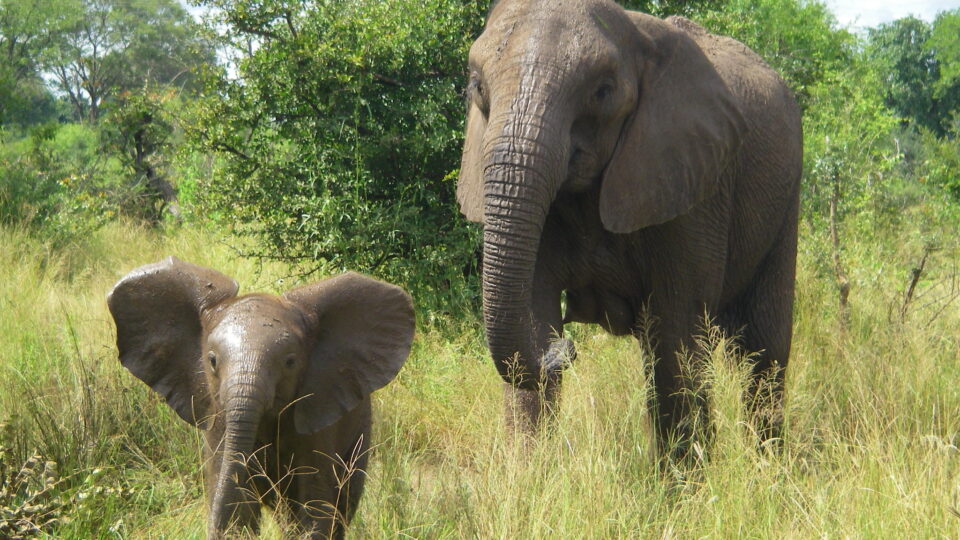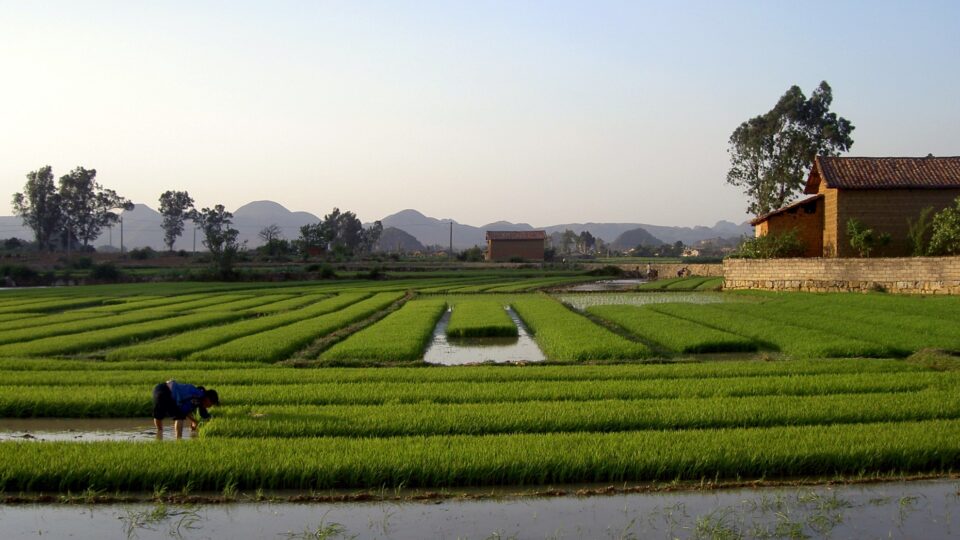Landslides are mass movements of rock, earth, or debris down a slope. They can be initiated by rainfall, snowmelt, changes in water level, erosion by streams, earthquakes, volcanic activity, or by various human activities. Most landslides we hear about are sudden events that can cause all sorts of calamities. But not all landslides are rapid occurrences. There are also slow-moving landslides.
A new study by the University of Potsdam in Germany has found that as urban centers in mountainous regions grow, more people are building homes on steeper slopes prone to slow-moving landslides. Slow-moving landslides can move as little as one millimeter a year and up to as much as three meters per year. Locations with slow-moving landslides can seem safe to settle on; in some cases, the movement itself can be inconspicuous or even completely undetected.
Slow slides can gradually produce damage in houses and other infrastructure and there can also be sudden acceleration from heavy rain or other influences.
The study compiled a new database of nearly 8,000 slow-moving landslides with areas of at least 25 acres located in regions classified as “mountain risk.” Of the landslides documented, 563 are inhabited by hundreds of thousands of people. The densest settlements on slow-moving landslides are in northwestern South America and southeastern Africa.
In all regions of the study, urban center expansion was associated with an increase in exposure to slow-moving landslides. As cities expand in mountainous areas, people are moving into unsafe areas, but poorer populations may have few other options.
**********
Web Links
Slow-moving landslides a growing, but ignored, threat to mountain communities
Photo, posted March 4, 2015, courtesy of Flickr.
Earth Wise is a production of WAMC Northeast Public Radio
